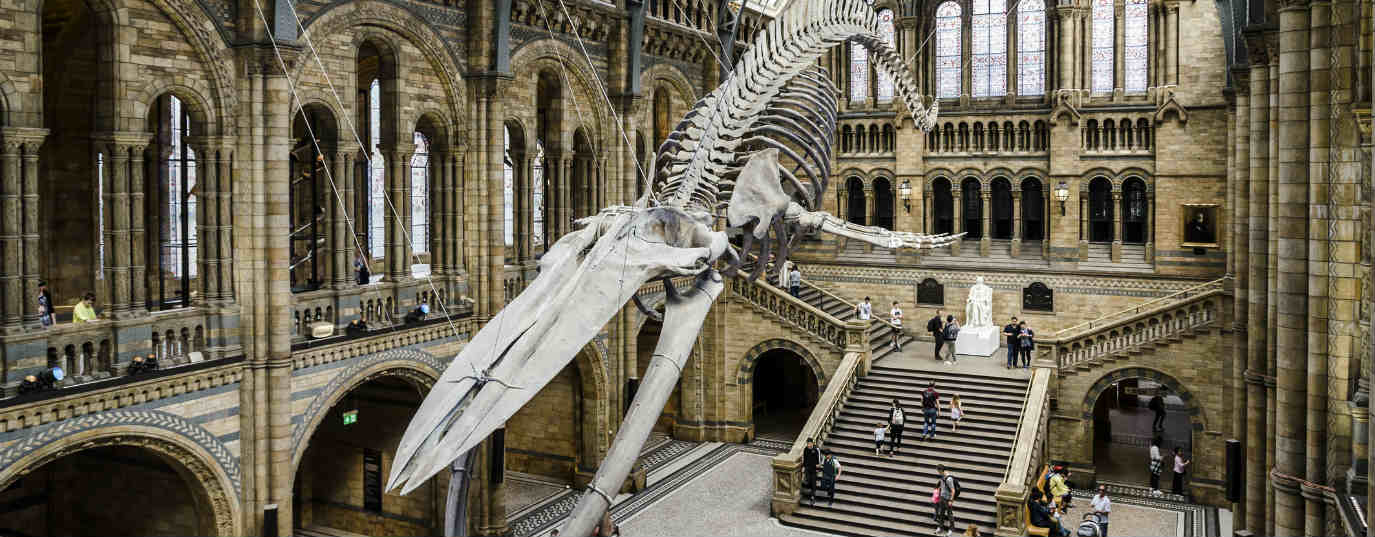Extinction Rebellion, the people’s new struggle against climate change
The history of social protest against climate change has a new movement splashing across the front page of all the newspapers.
Social pressure on governments worldwide, demanding they develop policies against climate change, is building. We saw it several weeks ago with the ecologist student movement, spontaneous demonstrations by youngsters across the globe insisting on saving the planet and which promises to become one of the most important social uprisings so far this century.
Now a new people’s movement – Extinction Rebellion – is splashing all over the English-speaking media. It has the same basic goal as Fridays for Future but uses more uncomfortable tactics to get the attention of institutions and drum up public opinion to fight against climate change.
Extinction Rebellion, agitating against extinction
The group of activists emerging in London aims to cause public disturbances in order to force the United Kingdom government to commit to an economy free of carbon emissions and declare a climate emergency. Extinction Rebellion encourages non-violent civil disobedience actions, as it defines them, even if it means being fined for them or going to prison.
The latest initiative to raise awareness about the risks of climate change that made the news took place in London’s Natural History Museum below the colossal skeleton of a blue whale that dominates the main hall. More than 100 activists acted out their own deaths while another group covered themselves with veils and painted their faces red. Last November, they blocked five bridges along the Thames. But it was the group’s latest actions that made the most news, since the extinction protest at the museum was accompanied by the holding of week-long camps at Marble Arch, Waterloo Bridge, Oxford Circus and Parliament Square, which caused traffic mayhem.
All these “civil disobedience” initiatives occurred during a specified week of climate action that resulted in over 1,000 arrests. It seems to have been a success for the ecologist group, since the Extinction Rebellion has an arithmetical objective: to mobilize 10,000 activists and reach at least 3.5% of the population. These are not numbers which the group has just thrown out, since, according to the theories of political scientist Erica Chenoweth, achieving this level of support through civil disobedience can be enough to break the system.
Into action against climate change
It all began with a meeting of 17 activists convinced of the need to do something to change the course of history. Inspired by the suffragettes, by Mahatma Gandhi and Martin Luther King. The founders of Extinction Rebellion, molecular physicist Gail Bradbrook and social sciences professor Roger Hallam, are seeking to hound the government into changing its environmental policies and to establish citizen assemblies elected by jury to oversee a democratic energy transition. In just over a year, hundreds of people have joined the cause, attracted by their proposals and the daring nature of their initiatives to stop climate change.
For now, the scope of the action is confined to the UK, but the movement has an international vocation, since “the climate, ecological and citizenship crisis” needs to be taken up urgently by governments worldwide and is now also taking root in France and Holland.
The environmental movement Fridays for Future began with a young girl and a couple of posters calling on politicians to act. Now her speeches about global warming inspire millions of youngsters the world over. The idea for Extinction Rebellion was dreamed up by a pair of concerned activists and has gone on to mobilize thousands of people in the UK and, according to reports, now has followers in over 80 countries. The people have risen to the challenge to denounce what is happening in the world and raise awareness about the environment. There is no turning back.
Sources: El País, El Mundo, The Finantial Times







